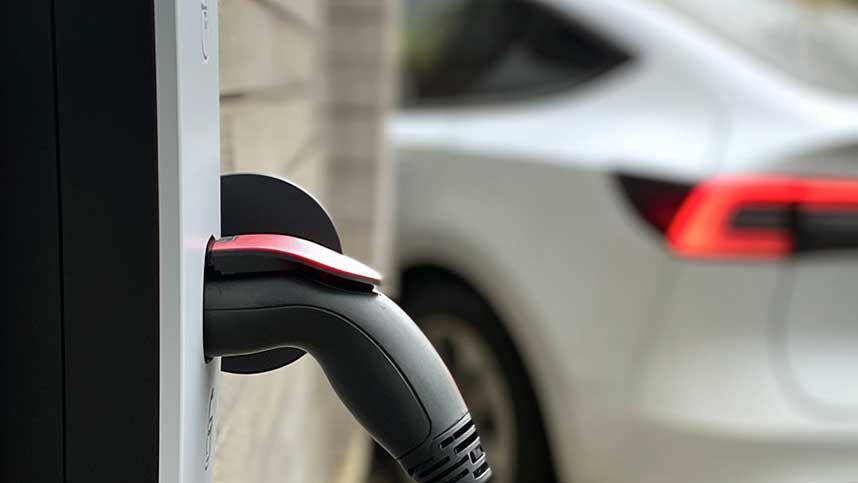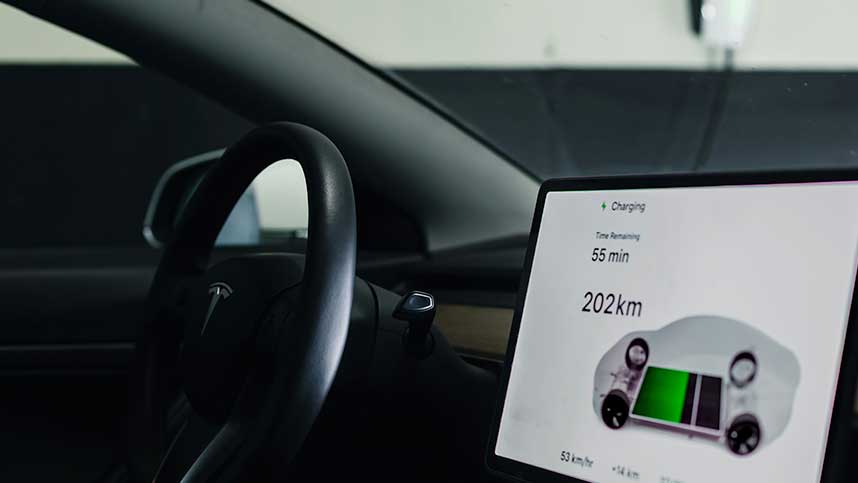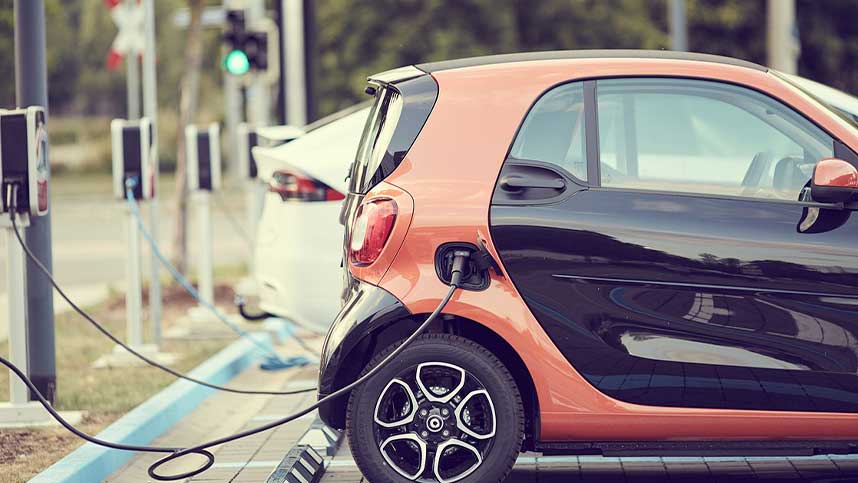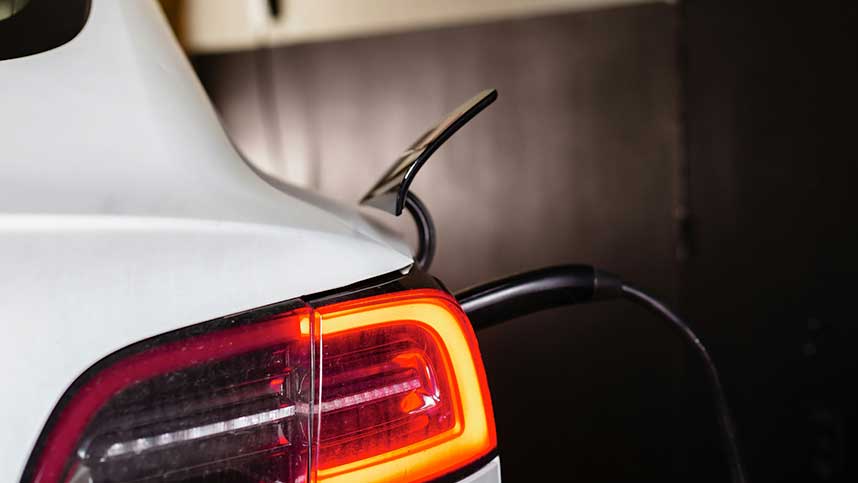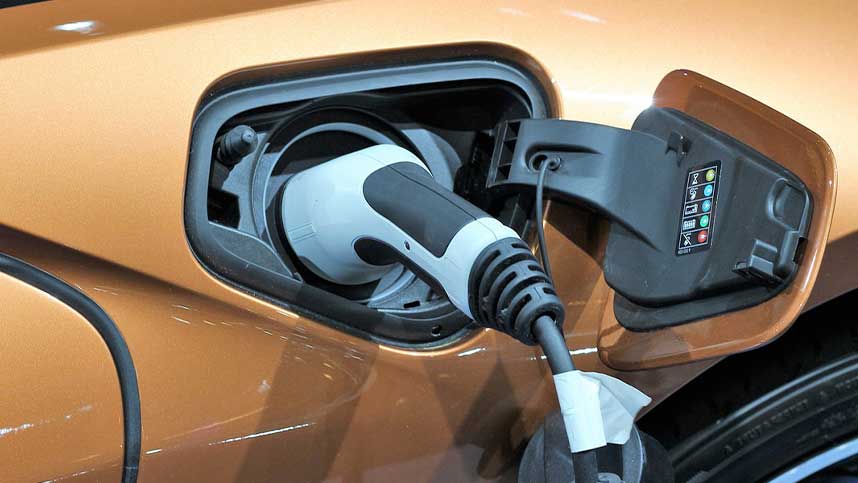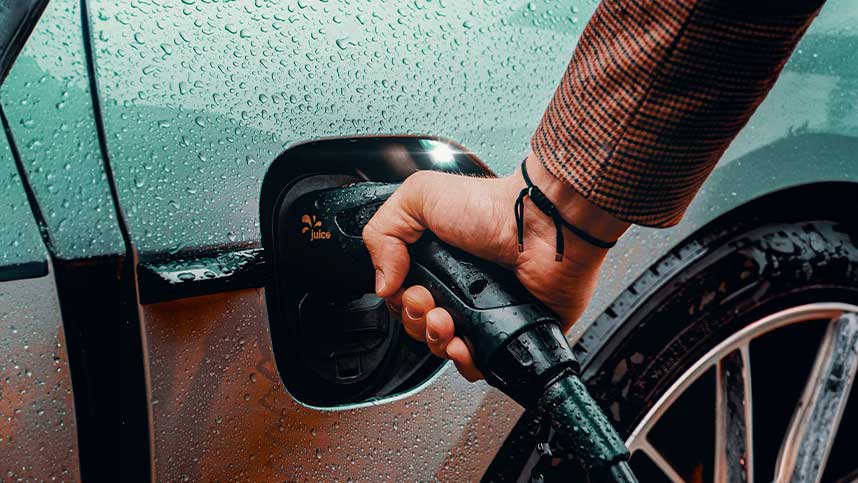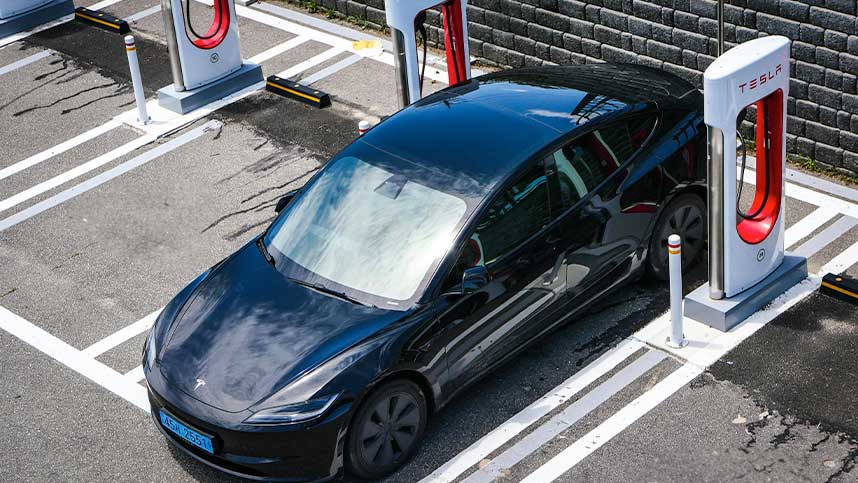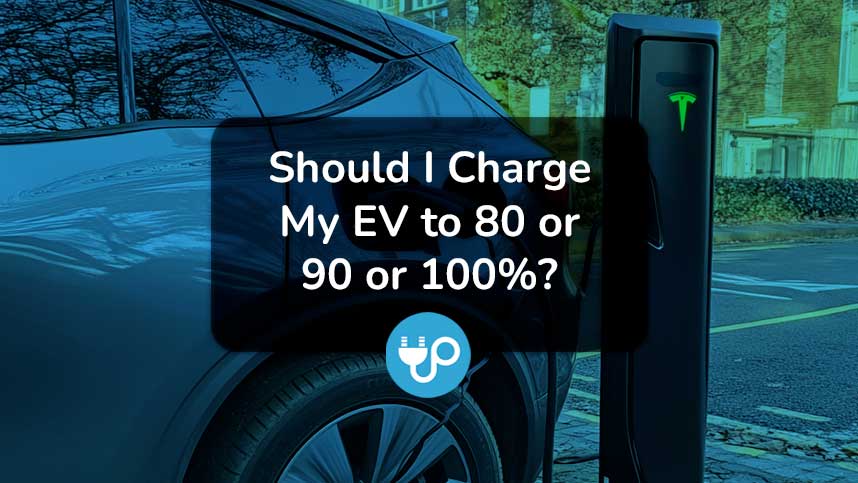
Should I Charge My EV to 80 or 90 or 100%?
Electric vehicles (EVs) are becoming more popular due to their environmental benefits.
Charging your EV is a key part of owning one.
But one of the most common questions about EV charging is ‘Should I charge my EV to 80 or 90 or 100%?’
It can be confusing trying to decide which of the options to pick.
This article will explore whether you should charge to 80%, 90%, or 100%.
We’ll also discuss how to charge to specific levels and the pros and cons of each approach.
Chapters
Should I Charge My EV to 80 or 90 or 100%?
Deciding whether to charge your EV to 80%, 90%, or 100% depends on your specific needs and battery health considerations.
Charging to 80% is generally recommended for daily driving.
It helps preserve the battery’s health by avoiding the stress associated with full charges.
This practice extends the battery’s lifespan and ensures efficient charging times.
Charging to 90% provides a bit more range, which can be useful for longer trips or when you need extra mileage without frequent stops.
It strikes a balance between extending battery life and increasing range, making it a good option for mixed driving scenarios.
Charging to 100% is usually reserved for longer journeys where you need the maximum range.
While it provides the full capacity of your battery, it can put additional stress on the battery over time, potentially reducing its overall lifespan.
Most drivers will find that charging to 80% or 90% meets their everyday needs and helps maintain EV battery health.
Choose the charging level that best fits your driving habits and needs, while considering the trade-offs between range and battery longevity.
How do I Charge My EV to Only 80%?
Charging your EV to only 80% is straightforward and can be done using the vehicle’s charging settings.
Most electric vehicles come with an app or a built-in display that allows you to set a charging limit.
Here’s how you can do it:
- Access the Charging Settings: Open your EV’s app or use the in-car touchscreen to navigate to the charging menu.
- Set the Charging Limit: Look for an option to set the charging limit or target percentage. Adjust it to 80%.
- Plug In Your EV: Connect your vehicle to the charger as usual.
- Monitor the Charge: Ensure that the charging process starts and will stop at the 80% limit.
Why is my EV Slow Charging From 80 to 100%?
Charging an EV from 80% to 100% is slower due to the way lithium-ion batteries manage charging to protect their longevity and efficiency.
This slower process is known as the “tapering” phase.
Battery Protection
To avoid overheating and excessive stress, the battery management system (BMS) reduces the charging rate as the battery approaches full capacity.
This prevents damage and degradation, ensuring the battery remains in good health over time.
Voltage Increase
As the battery charge increases, so does the internal voltage.
Higher voltage levels necessitate slower charging to prevent overheating and ensure safety.
Balancing Cells
In the final stages of charging, the BMS works to balance the individual cells within the battery pack.
This balancing act ensures that all cells are evenly charged, which is crucial for battery longevity and performance.
This process takes more time, especially as it approaches 100%.
Heat Management
Charging generates heat, and rapid charging in the upper range of the battery can lead to excessive temperatures.
Slowing the charge rate helps manage and dissipate this heat effectively.
What are the Advantages of Charging my EV to 80 or 90%?
Charging your EV to 80% or 90% offers several advantages that enhance battery longevity, efficiency, and overall vehicle performance.
Increased Battery Longevity
Charging to 80% or 90% helps extend your battery’s life.
Lithium-ion batteries last longer when not regularly charged to 100%, as the lower charge reduces stress and wear on the battery cells.
Faster Charging Times
Charging to 80% or 90% is quicker compared to reaching 100%.
This faster process makes it more convenient for daily use, reducing the time you spend at charging stations.
Better Thermal Management
By avoiding a full charge, your battery remains cooler, reducing the risk of overheating.
This improves the battery’s efficiency and safety, particularly during repeated charging cycles.
Optimal Performance
Batteries charged to 80% or 90% tend to maintain better performance over time.
They deliver consistent power output and are less prone to voltage drops, ensuring a smoother driving experience.
Environmental Benefits
Frequent charging to 80% or 90% can contribute to longer battery life, reducing the need for battery replacements.
This has a positive environmental impact by decreasing electronic waste.
What are the Downsides of Charging my EV to 80 or 90%?
While charging your EV to 80% or 90% has many benefits, there are also some downsides to consider:
Reduced Range
Charging to only 80% or 90% limits the total driving range available on a full charge.
This might necessitate more frequent charging stops on longer trips.
Inconvenience on Long Journeys
For long-distance travel, stopping more frequently to charge can be inconvenient.
The need for additional charging stops can extend travel time.
Potential for Range Anxiety
Drivers may experience range anxiety, worrying about whether they have enough battery to reach their destination or the next charging station.
Missed Full Capacity
In emergency situations where maximum range is required, not charging to 100% can be a disadvantage.
Having the full battery capacity available can provide peace of mind and flexibility.
What are the Advantages of Charging my EV to 100%?
Charging your EV to 100% has several advantages:
Maximum Range
Charging to 100% ensures you have the full battery capacity available.
This provides the maximum driving range, which is particularly beneficial for long trips.
Flexibility
With a full charge, you have greater flexibility to travel longer distances without needing to stop and recharge.
This is useful for both planned long journeys and unexpected detours.
Emergency Preparedness
In emergencies or situations where charging options may be limited, having a fully charged battery offers peace of mind.
You can drive longer distances without worrying about finding a charging station.
What are the Downsides of Charging my EV to 100%?
Charging your EV to 100% has several downsides:
Battery Degradation
Regularly charging to 100% can accelerate battery degradation over time, and with electric car batteries having a limited lifespan, maximising its lifespan can be vital.
Lithium-ion batteries in EVs tend to last longer when not frequently charged to their maximum capacity.
Longer Charging Times
Charging from 80% to 100% is significantly slower due to the battery management system reducing the charge rate to protect the battery.
This can be inconvenient if you’re in a hurry.
Inefficiency
The last 20% of the charge is less efficient, consuming more energy for the same range.
This results in higher electricity costs compared to charging to 80% or 90%.
Heat Generation
Charging to 100% generates more heat, which can affect the battery’s lifespan.
Excessive heat can lead to thermal stress and damage over time.
Reduced Regenerative Braking
When the battery is fully charged, regenerative braking efficiency is reduced.
The system can’t store additional energy, leading to less effective braking and energy recovery.
Increased Stress
Keeping the battery at 100% for extended periods can increase stress on the battery cells, potentially reducing overall battery health and performance.
Conclusion
You should now have more of an under standing of should I charge my EV to 80 or 90, or even 100%.
Deciding whether to charge your EV to 80%, 90%, or 100% depends on your driving needs and battery management goals.
Charging to 80% is often recommended for daily use, helping to preserve battery health and reduce charging time.
Charging to 90% can provide a bit more range for longer trips.
Charging to 100% is useful for maximising range but can impact battery longevity over time.
Consider your driving habits and needs when setting your charging limits to balance convenience, range, and battery health.
Blog Archive
- Is Using an EV Granny Charger Safe?
- Charge Rage: Is It Really a Thing?
- Vehicle to Load (V2L): What It Is & How It Works
- 16 Top Charge Point Operators in the UK
- 8 Types of EV Battery Explained
- Where Can I Charge My Electric Car?
- Electric Car Maintenance and Servicing Guide
- How Often Should I Charge My Electric Car?
- How to Check EV Battery Health
- Do Electric Cars Pay Road Tax?
- October 2024 Budget: Key EV News
- EV vs ICE – Which is Best?
- Should I Charge My EV to 80 or 90 or 100%?
- UK Government Announces Hybrid Sales Allowed Until 2035
- BEV vs PHEV – What’s the Difference?
- Definitely Not A Guru (Jim Starling) Reviews Joosup
- How Long Do Electric Car Batteries Last?
- 25 New Electric Car Brands on UK Roads
- General Election 2024: Major Party Net Zero Policies Compared
- Electric Car Service Costs vs ICE

